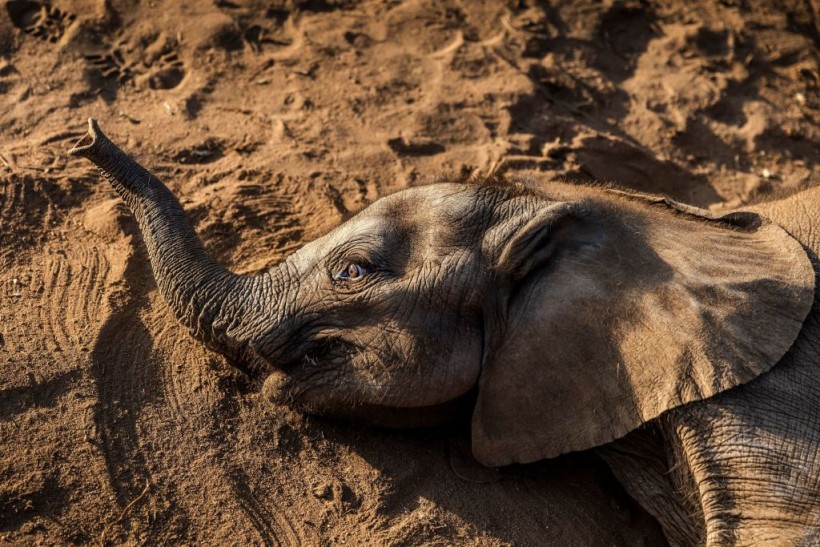(Photo : Photo by Luis Tato / AFP) (Photo by LUIS TATO/AFP via Getty Images)
The research looked at specimens from 4 main seizure activities made by enforcement agencies around 2017 as well as 2019. The tusks had been previously part of a strategic reserve captured from illegal hunting and kept in equipment properly by the Burundi government.
Research team utilized DNA and carbon dating methods in this investigation to illustrate that a portion of the stockpiled material is currently in the hands of syndicates.
Seized Elephant 30 Years Ago
African elephant populations have continued to deteriorate due to hunting, mainly for ivory, with such a population loss of 100,000 or greater for both 2007 and 2016. Large amounts of ivory are still being shipped in cargo containers. 70% over all ivory confiscation exceed 0.5 tons, with just a mean range of more than 2.5 tons.
Bomb 14C measured values have been critical in determining tissue formation period for a wide range of wildlife composites, including illegal substances like cocaine and ivory.
Specialists are using the bomb 14C on recovered African elephant ivory to figure out the time discrepancy between animal execution and when officials captured the ivory, allowing us to determine whether such ivory is from latest poaching missions or hoarded ivory stored secretively or by government entities, Flipboard reported.
One of most recent time produced tissue samples in ivory as per USA Fire News was from four large consignments of African elephant tusks captured in numerous nations between 2017 and 2019 are analyzed in this study to determine the time delay among both animal killing and confiscation by enforcement agencies.
Experts demonstrate that ivory is still derived from recently murdered wildlife with framerate drops with less than 3 years, but also that elephant tusks for one confiscation was mainly derived from elephants murdered in cold blood over 30 years ago with an extremely small distribution.
Also read: Endangered Mountain Gorillas Suffering From Virus Get Individualized Treatment From Chewed Plants
Ivory Seized from Elephant
CITES collected and labelled the initial Burundi stockpile in 1986; the majority of such fissile material was extracted to Belgium through late 1986. A CITES representative cataloged a 2nd large stash of 84 tons in 1989, with the additional expedition of defining whether quantity still contained old ivory.
The representatives came to the conclusion that the large percentage of the 84 tons were old. However, findings indicate that a significant piece of the 84 tons came from elephants died just one to four years before even being cataloged, PNAS noted.
For both 2007 and 2016, approximately 100,000 elephants were slaughtered for their tusks in various parts of Africa. The research looked at specimens from 4 major seizure activity decided to make by law enforcement around 2017 and 2019.
Using carbon-14 isotope detection techniques, the researchers discovered that the majority of the seized ivory came from elephants died in within past 3 years. However, the ivory seized in one case mainly came from elephants shot dead more over 30 years ago.
The BBC contacted Burundi's environmental agency for comment but received no response to our inquiries about the stockpile. As per the researchers, the government has previously claimed that their storage facilities are secure.
Those containers must be reopened, and the stock held there must be re-tested, stated by Prof Samuel Wasser of the University of Washington, a specialist in conservation biology and one of the study's authors.
Related article: Canine Distemper Virus Outbreaks Are More Likely To Kill Black Wolves Across North America
© 2024 NatureWorldNews.com All rights reserved. Do not reproduce without permission.





![Roundworms with Short Memories 'Stop Forgetting' When Frozen or Given Lithium [Study]](https://1471793142.rsc.cdn77.org/data/thumbs/full/70295/280/157/50/40/roundworms-with-short-memories-stop-forgetting-when-frozen-or-given-lithium-study.jpg)
